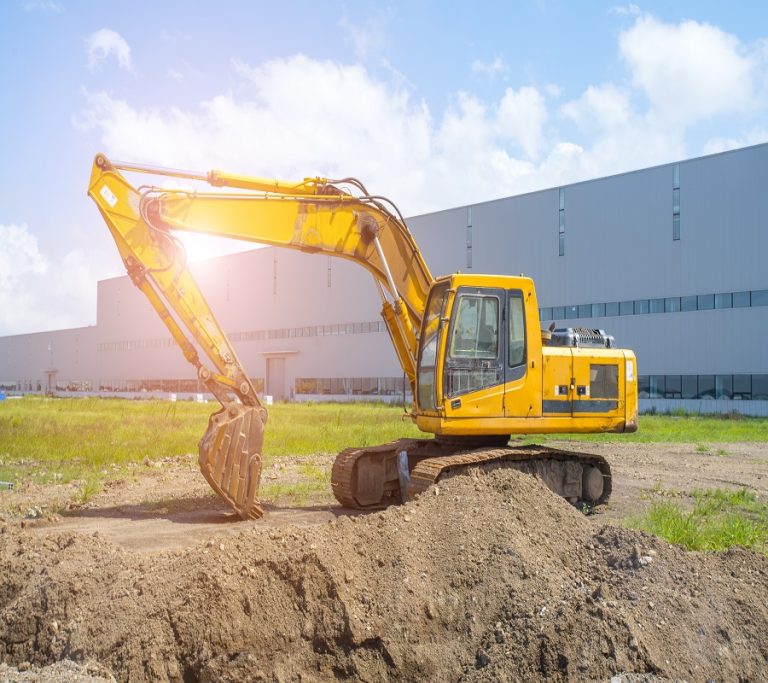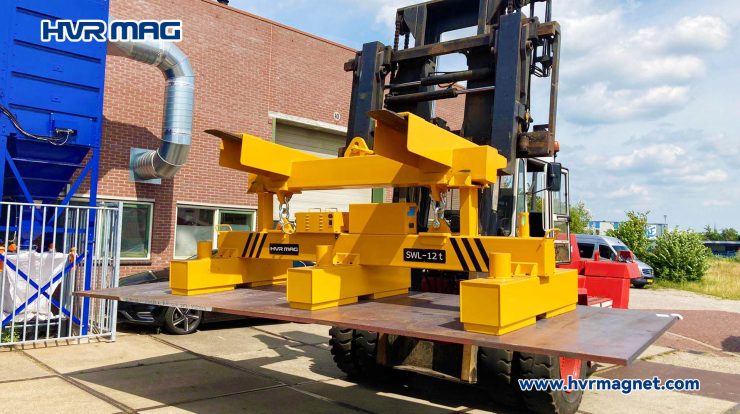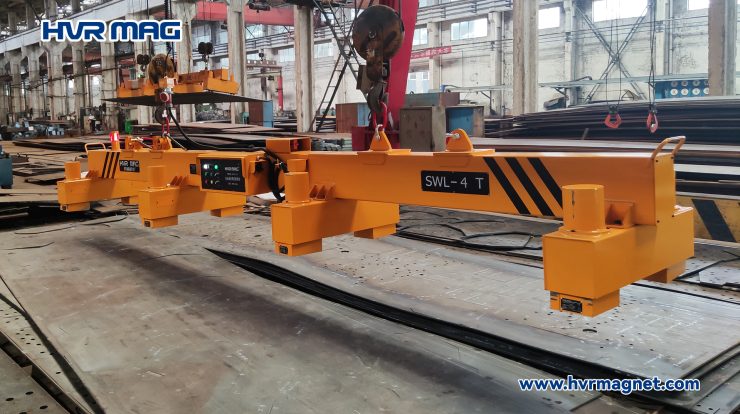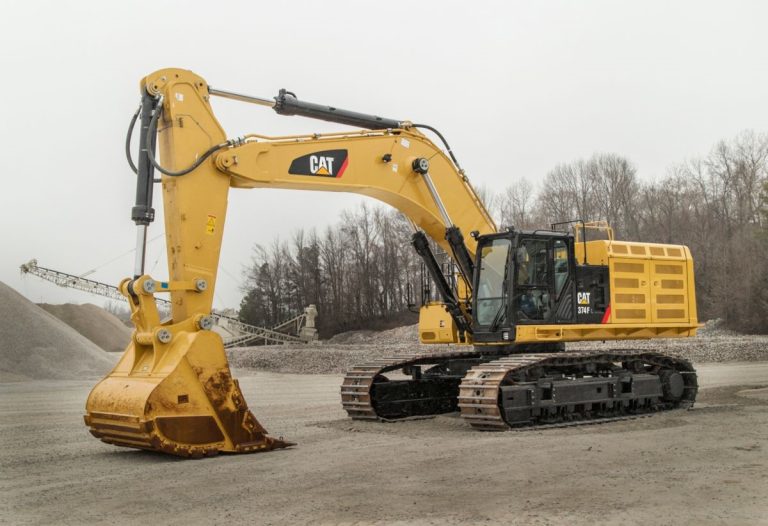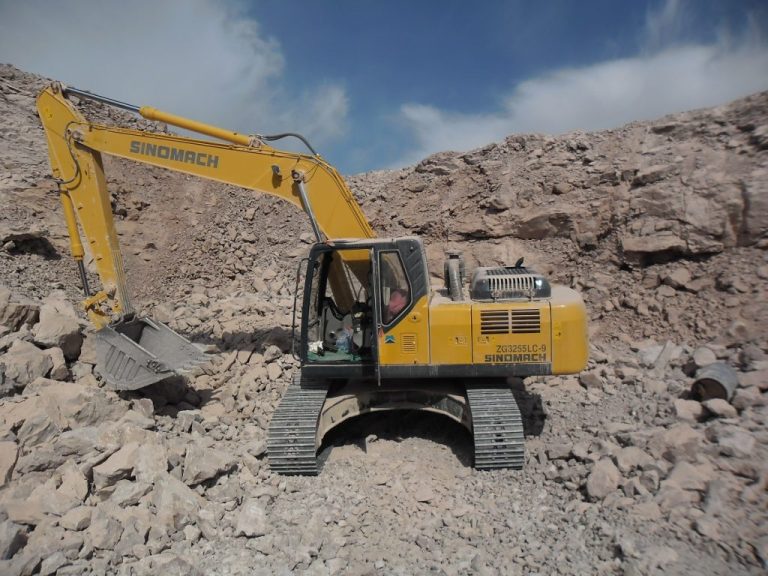A Buying Guide to Lifting Magnet for Heavy Duty
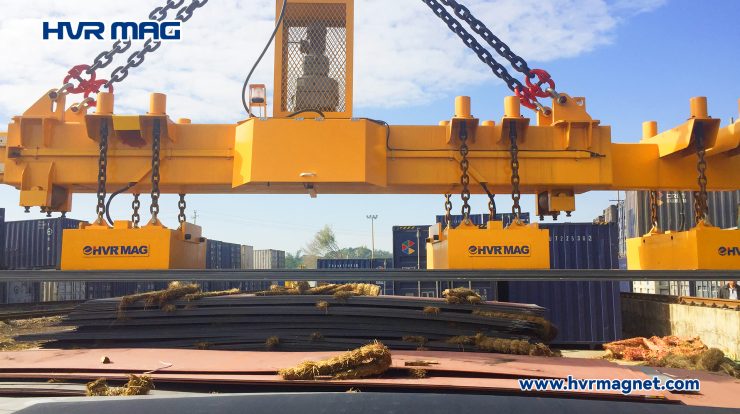
Heavy duty lifting magnets are commonly used in industries such as construction, manufacturing, and scrap metal recycling. They are often used to handle large metal components, beams, sheets, or other heavy loads that may be difficult or hazardous to move manually. In this article, we discuss different types of lifting magnet, including applications and pros and cons.
Permanent lifting magnet
Permanent magnets are often used to lift steel plates or sheets in industries such as construction, metal fabrication, and shipbuilding. The magnets create a strong magnetic field that attracts and holds the steel plates securely during lifting or transportation.
Permanent magnets can also lift and move steel beams, bars, or other structural components. These magnets provide a reliable and efficient method of handling heavy steel materials in industries like construction, bridge building, and manufacturing.
These magnets have a permanent magnetic field and do not require electricity to operate. They are typically used for lifting lighter loads and are suitable for applications where power supply may be limited or unavailable. However, over time, these magnets can be subject to corrosion and degradation due to exposure to different environmental conditions.
In addition, permanent lifting magnets may not be suitable for lifting hot objects or in high-temperature applications. Excessive heat can demagnetize or weaken the permanent magnet, reducing its lifting capacity.
Electro lifting magnet
Electro lifting magnets use an electric current to generate a magnetic field when activated. They offer greater lifting capacities compared to permanent magnets and can be controlled more precisely. These magnets are commonly used in industries such as steel mills, shipyards, and heavy machinery manufacturing.
They are widely used in industries such as steel mills, foundries, and metal fabrication to lift and transport large steel components like billets, ingots, slabs, or coils. These magnets provide a strong and controlled lifting force, allowing for efficient handling and movement of heavy materials.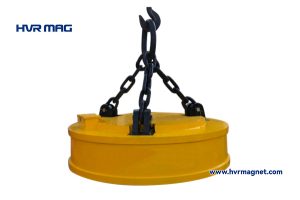
Electro lifting magnets are also commonly employed in scrap yards to lift and sort ferrous scrap metal. They can attract and lift heavy metal objects such as cars, machinery parts, or steel beams. Electro magnets offer fast and effective loading and unloading of scrap materials onto trucks or containers.
Electro lifting magnets can generate heat during operation and consume a significant amount of energy. The heat is primarily generated due to the electrical resistance in the coil of the magnet when the current flows through it. This resistance causes the coil to heat up. If an electro lifting magnet overheats, it can pose safety risks and potential hazards. Excessive heat can lead to the deterioration of the magnet’s components, including the insulation material or the electrical connections. It may also affect the magnet’s lifting capacity or cause a malfunction.
Electro permanent lifting magnet
Electro permanent lifting magnets are designed to provide a combination of the advantages of both permanent magnets and electromagnets. These magnets utilize a unique technology that allows them to generate a strong magnetic field when energized by an electric current, and the magnetic field remains stable even after the power is turned off. This makes them particularly useful for various lifting applications.
Electro permanent lifting magnets are often employed to lift and transport steel plates, sheets bars, tubes, billets and ingots in industries such as construction, manufacturing, windmill monopile and shipbuilding.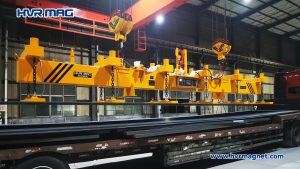
Electro permanent lifting magnets consume power only during activation and deactivation, resulting in 95% energy savings compared to continuous power consumption in traditional electromagnets. Besides, they have built-in safety features, such as magnetic field detection systems, which ensure that the magnet remains secure even in the case of power loss. This reduces the risk of accidental drops or releases of the lifted load.
However, the effectiveness of electro permanent lifting magnets can be compromised when lifting loads with uneven or rough surfaces. The contact between the load and magnet may not be sufficient to generate a strong magnetic attraction, resulting in reduced lifting capacity or instability. Additionally, these magnets cost more than their counterparts.
Conclusion
While choosing the right lifting magnet, determine the weight and dimensions of the load to ensure compatibility with the lifting magnet’s capacity. Look for lifting magnets with safety features like magnetic field detection systems, backup systems, or alarms that ensure secure holding in case of power failure or abnormal conditions.
If you have complex lifting requirements or are unsure about the right lifting magnet for your application, consult with experts or the manufacturer’s customer support for guidance.
For more buying advice, please contact professional lifting magnet supplier HVR MAG at export@hvrmagnet.com

